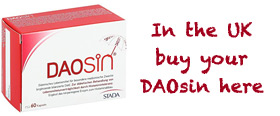|
|
Regulating ATP synthesis - Tom Stockdale |
In order to remain alive it is necessary for the cells in our bodies to retain more potassium than is in the fluid which surrounds them. This situation is maintained by an enzyme which uses energy, in the form of adenosine troposphere (ATP), to continuously exchange potassium ions with sodium ions across cell membranes. The enzyme is known for short as the Na/K ATPase, and its activity produces much of the heat that maintains our body temperature. Click here for more articles by Tom Stockdale Click here for LINKS to manufacturers of nutrition and food supplements. First Punlished in 2009 |








